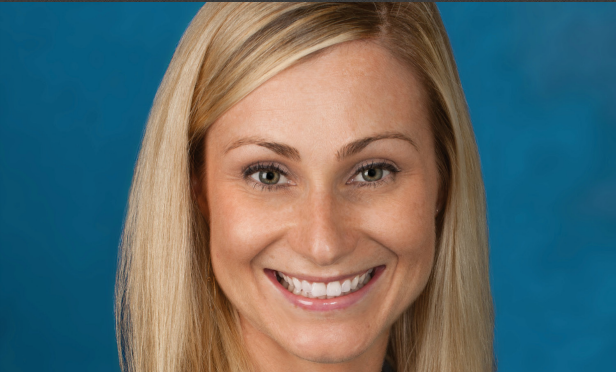 Investment activity has been healthy in the first half of the year, driven by strong economic fundamentals and plenty of liquidity. Still, there are potential challenges on the horizon—namely rising interest rates. Short term rates have already increased several times, and are expected to rise again this year, compressing spreads. Lenders are already increasing production targets for next year in search of yields.
Investment activity has been healthy in the first half of the year, driven by strong economic fundamentals and plenty of liquidity. Still, there are potential challenges on the horizon—namely rising interest rates. Short term rates have already increased several times, and are expected to rise again this year, compressing spreads. Lenders are already increasing production targets for next year in search of yields.
“While it is hard to determine timing of short-term rate increases, which might happen one more time this year, we are seeing spreads continue to compress, and all-in coupons remain near historic lows,” Natalie Dahl, the new managing director of investor services at CBRE in San Diego, tells GlobeSt.com. “Life insurance companies, foreign and domestic banks, debt funds and CMBS lenders have increased their production targets for 2019 in search for yield. Although highly liquid, the debt markets remain to a certain extent inefficient as some lenders still struggle with lingering regulation from the previous administration.”
Dahl has joined the San Diego office from CBRE's San Francisco office, where she served as a member of the capital markets team. In her new role, she will focus on business strategy and client development for investor services operations. “I will be leveraging CBRE's scale as the world's largest commercial real estate services provider and using our collaborative culture to connect our people and capabilities throughout the region,” she explains. “Our collective goal is to be advisors to our clients and consistently deliver measurably superior client outcomes by leveraging our firm's world class service platform.”
Coming from the San Francisco market gives Dahl a well-rounded view of investment trends dominating California and the West Coast. “I will be able to share my perspective on market drivers that have made the Bay Area such a vibrant economy and real estate mecca for the past several years; whether that be rapidly changing downtowns to 24-7 work-play-live communities, massive expansions of technology companies or vast building conversions to combat housing shortages and satisfy intense demand for high-quality office campuses and life science lab facilities,” she says.
While interest rates could impact investment activity later this year, Dahl has not yet seen the rise of short-term interest rates impact the market, in terms of investment activity. The capital markets remain active for investment opportunities and investor demand is strong. “Debt capital markets remain stable and highly resilient, despite some macro and geopolitical risks around the globe,” she explains. “There continues to be liquidity across the capital stack, particularly for high-quality assets in primary and secondary markets with a heavy focus on major markets along the West Coast.”
© Touchpoint Markets, All Rights Reserved. Request academic re-use from www.copyright.com. All other uses, submit a request to [email protected]. For more inforrmation visit Asset & Logo Licensing.






